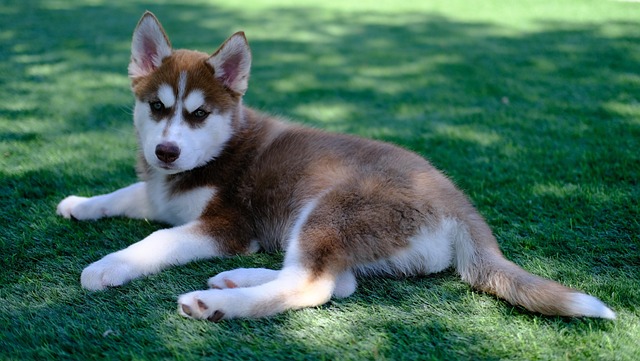
What is the best way to train a Husky puppy?
Ever walked into the living room to find your Husky puppy chewing on your favorite sneakers? That’s their working-dog energy looking for an outlet—and it’s where smart Husky puppy training starts.
If you’ve ever seen a dog lunge, bark, or growl on the leash at another dog, person, or car, you’ve witnessed reactivity. In the world of modern dog training, this term describes an over-the-top, exaggerated response to a normal stimulus. It’s crucial to understand that reactivity is not aggression, though it can look similar. It is primarily a symptom of a big emotion—most often fear, frustration, or anxiety—that the dog doesn’t know how to process. Think of it as a panic attack or an emotional outburst, not a calculated act of defiance. A reactive dog isn't trying to be "dominant"; they are struggling to cope.
The behavior is rooted in the dog’s emotional state and their past experiences. A dog may react because they are afraid the approaching trigger will harm them (fear-based), or because they desperately want to greet it but are held back by the leash (frustration-based). This triggers the "fight or flight" response. Since the leash prevents flight, "fight" is often the only option they feel they have. Recognizing this emotional driver is the first step toward effective management. The goal of training shifts from "making him stop" to "helping him feel safer so he doesn't need to react."
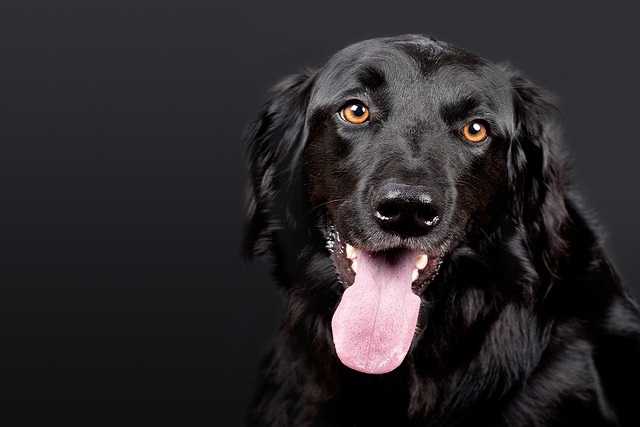
This is where the cultural shift in dog training is paramount. Old-fashioned methods that relied on leash corrections, intimidation, or punishment to suppress the barking are not only ethically frowned upon but are also scientifically shown to worsen the problem. They confirm the dog's fear that the trigger (e.g., another dog) predicts something bad happening, like a painful jerk on their neck. The only effective approach for reactive dogs is force-free, positive reinforcement training. This involves a process called counterconditioning and desensitization, where you change the dog's emotional response by pairing the sight of the trigger at a safe distance with something wonderful, like high-value chicken. The dog learns that the trigger predicts good things, not bad.
Managing a reactive dog also comes with significant community responsibilities. It is your duty to ensure the safety and comfort of everyone you encounter. This means always maintaining a safe distance from others on walks, using a secure harness for control, and never allowing your dog to approach people or other pets uninvited. It is a non-negotiable part of civic duty to always carry and use poop bags, and to strictly adhere to all local leash laws. Furthermore, ensuring your dog’s rabies vaccination and city license are current is a fundamental legal requirement that protects everyone and is often essential for enrolling in specialized behavior modification classes.
Living with and training a reactive dog is a journey of patience and empathy. It requires you to become your dog's advocate, reading their body language to prevent reactions before they happen. By understanding the meaning behind the behavior and committing to a positive, science-based training plan, you can help your dog feel more secure in the world and build a stronger, more trusting bond together.

Ever walked into the living room to find your Husky puppy chewing on your favorite sneakers? That’s their working-dog energy looking for an outlet—and it’s where smart Husky puppy training starts.
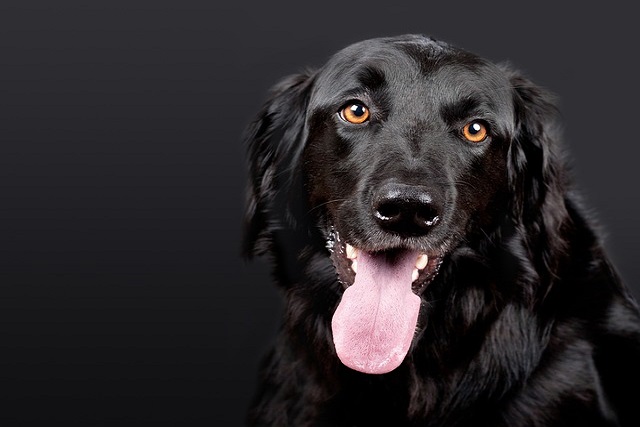
If you’re a new dog parent in the US—maybe you’re stuck in your Chicago apartment on a rainy Saturday, watching your 9-month-old rescue Beagle
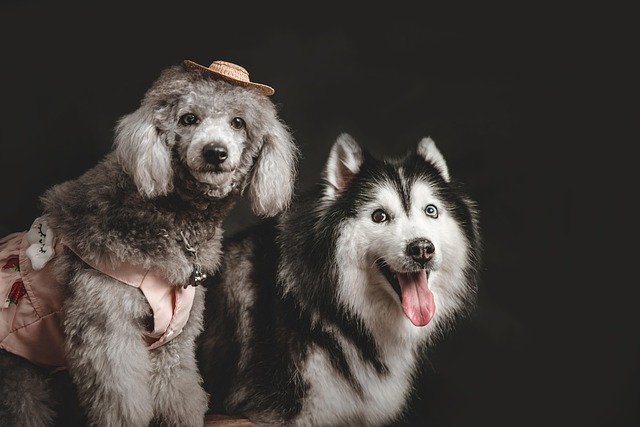
Most new puppy parents stress over accidents on the rug, but a 7-day plan can turn chaos into consistency—if you stick to routines that fit your daily life.
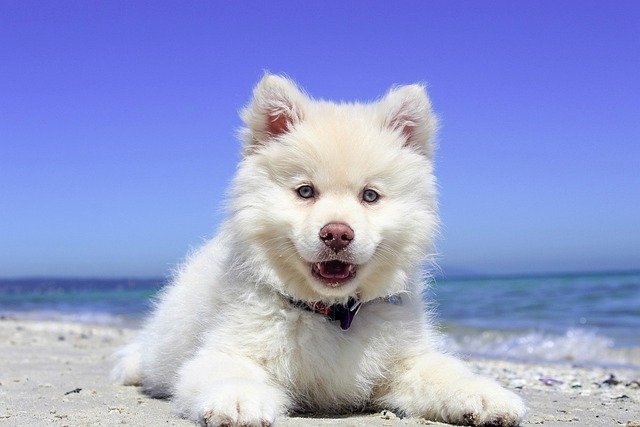
You’ve probably noticed how your dog’s nose takes over during walks—sniffing fire hydrants, grass patches, and that intriguing lamppost like it’s reading the morning newspaper.
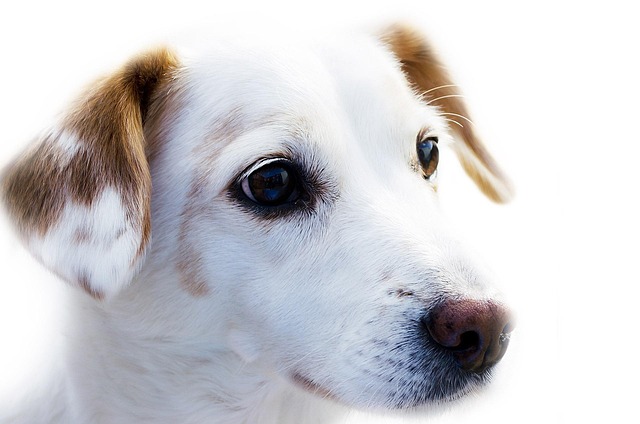
That tightening in your chest as you round a corner and see another dog approaching is a feeling many owners know.
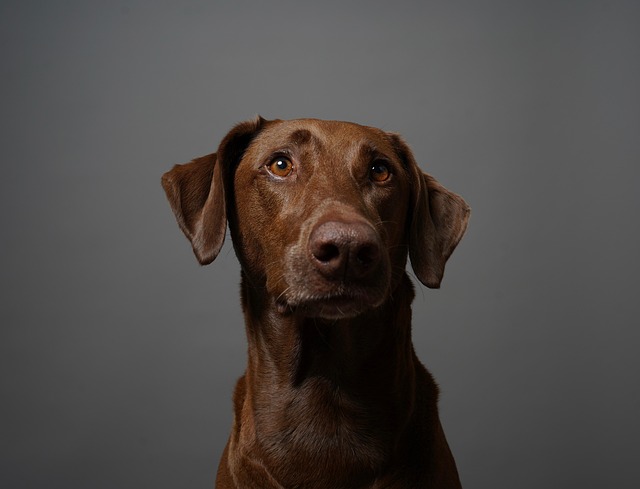
New puppy owners often stare at a puddle on the living room rug and wonder where to start—this mess isn’t just frustrating, it’s a teachable moment, not a punishment.